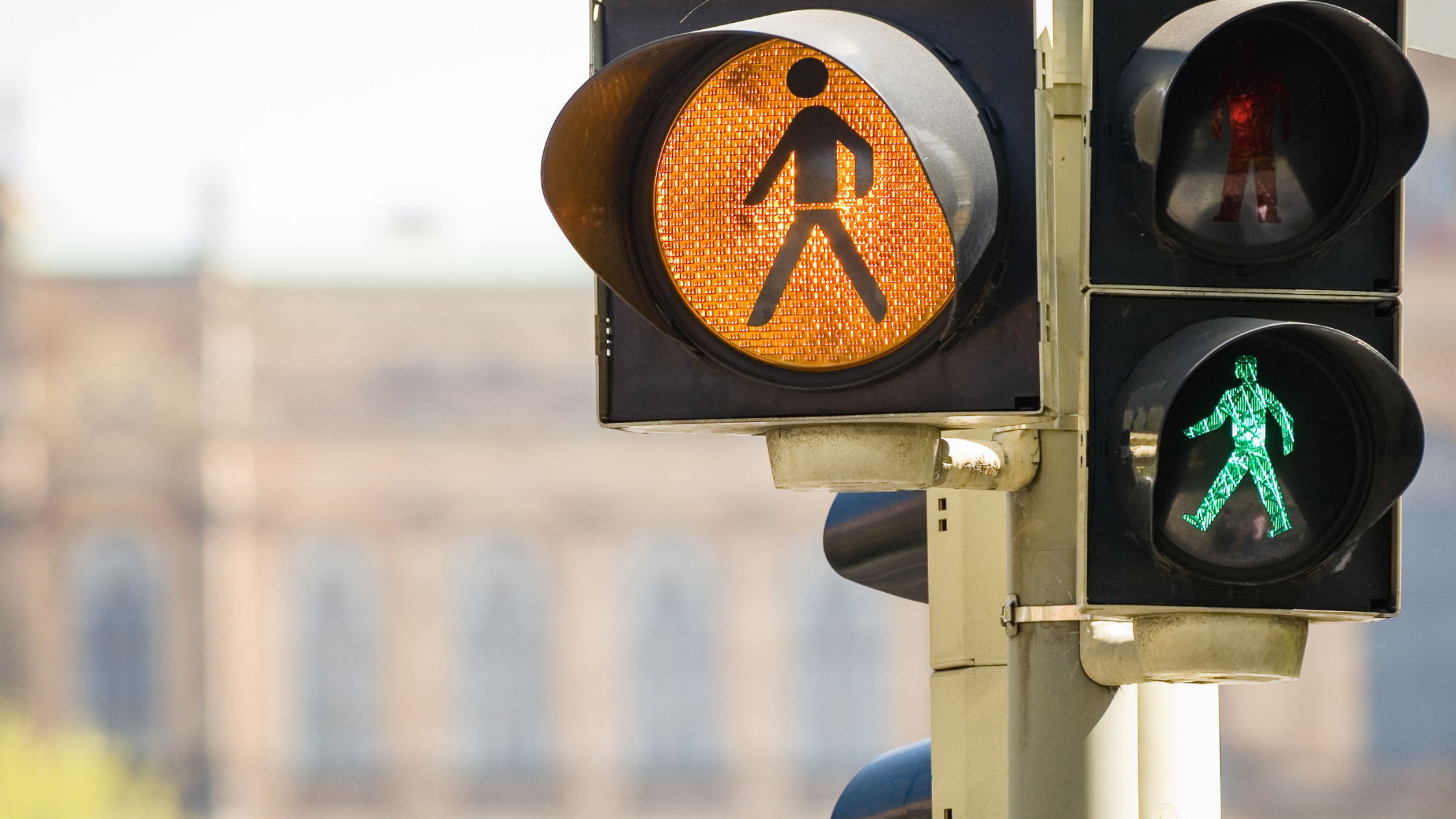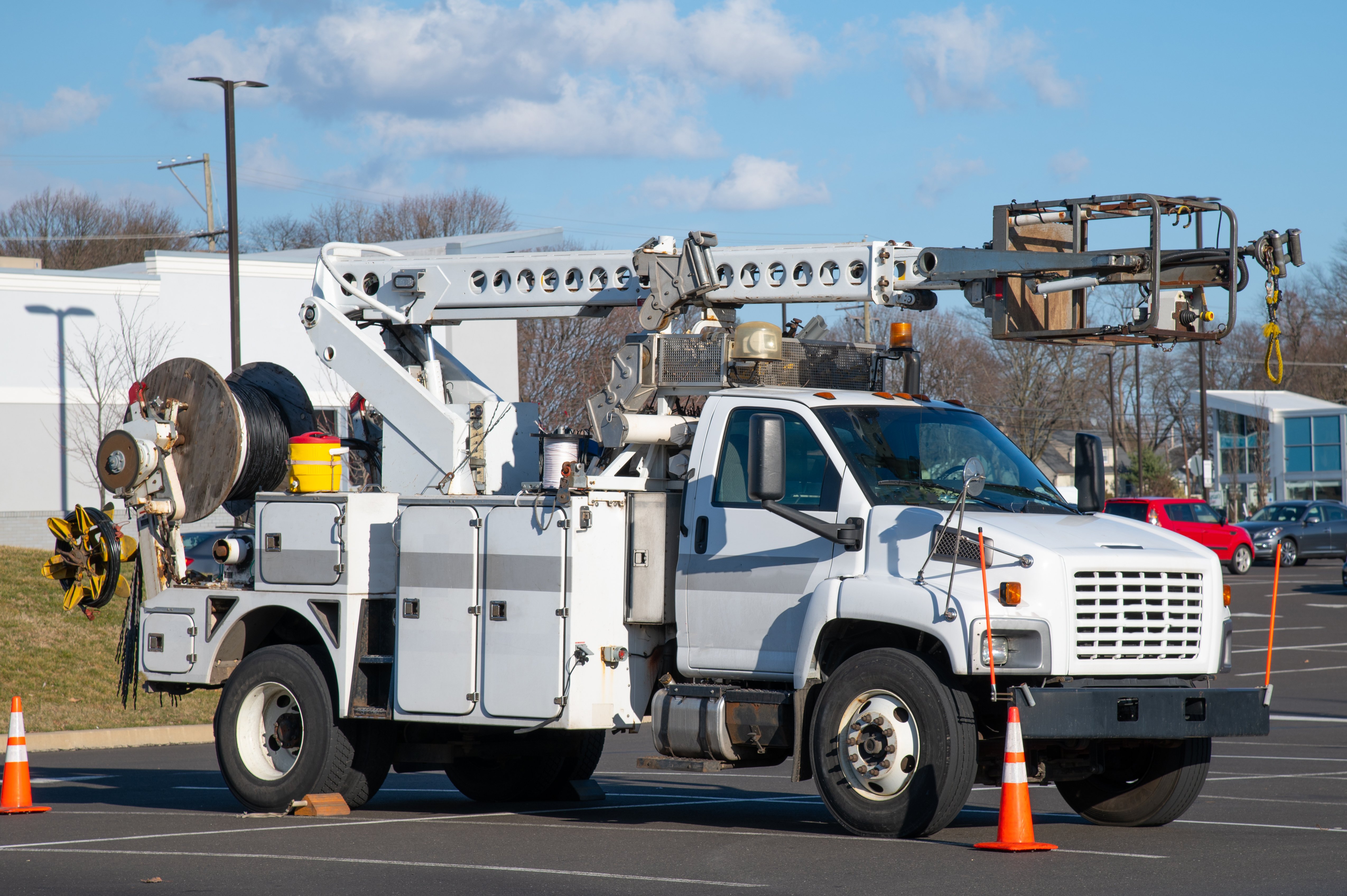
Onboard safety features in vehicles are more reliable and advanced than ever. Yet 2020 saw the highest number of cyclist and pedestrian fatalities in the United States since the 1980s.
The National Highway Traffic Safety Administration (NHTSA) reported that between 2019 and 2020, motorcyclist fatalities increased by 11%, the highest number since data collection began in 1975. Bicyclist fatalities were up 9.2%, and pedestrian fatalities increased by 3.9%.
It's important for everyone who shares the roads to feel safe and seen. But these numbers show that the roads have become less safe for pedestrians and cyclists.
There are many potential factors that demand attention, awareness, and action. And drivers have an important part to play in helping make the roads safer for everyone who uses them.
In a news release, Jonathan Adkins, Executive Director of the Governors Highway Safety Association (GHSA), said the pedestrian safety crisis is partly due to “drivers speeding, being impaired or distracted, or engaging in other dangerous behaviors.”
Drivers cannot control the actions of other drivers, cyclists, or pedestrians. But there are plenty of simple things drivers can do to decrease their likelihood of becoming one of these statistics.
Deadly Factors For Road Users
Technology in Vehicles
In 2020, 3,142 fatalities were caused by distraction-affected crashes. Technology is often linked to these events, especially smartphone use.
But technology might play another role in the increased number of pedestrian and cyclist fatalities. When drivers feel safer in their vehicles, they are likely to take more risks with their own driving. This diminishes the time and space required to safely respond to unexpected and unpredictable situations and behaviors.
It’s never appropriate to use technology while driving. And it’s important to give ample space for potentially unexpected and unsafe actions from other road users.
Emotional Stress
Impatient and frustrated drivers make poor decisions and put lives at risk. Their decisions may also provoke other road users, resulting in highly dangerous and distracted driving.
Art Markman, a cognitive scientist at the University of Texas, says the impact of the pandemic shouldn't be underestimated. He said, “When you get angry in the car, it generates energy — and how do you dissipate that energy? Well, one way is to put your foot down a little bit more on the accelerator.”
Drivers can avoid unnecessary risk by taking measures to ensure a calm and clear head before getting behind the wheel.
Larger Vehicles
Dr. James Augustine, a spokesman for the American College of Emergency Physicians, said, "when bigger vehicles with higher front ends, such as SUVs, hit pedestrians at high speeds, the results are almost always devastating."
Large vehicles take up more space on the road. Their size can lead to broader blind spots for drivers, including others who follow too closely. This leaves drivers less aware of potential dangers and reduces their ability to respond in time.
However, by implementing good driving habits, drivers of any sized vehicle can stay safe on the road.
Neighborhood Design
Transportation consultant and author, Angie Schmitt, highlights the impact of auto-centrism on residential urban areas. Where "multi-lane highways cut through dense neighborhoods, dividing residents from amenities and turning a run to the convenience store into a death-defying race".
Drivers who live or work in urban areas need to be aware of their surroundings. They can help save lives by paying closer attention and allowing more time and space when passing through neighborhoods.
Increased Numbers
Although there were fewer miles driven in 2020, the year reported the largest number of fatalities since 2007. This is an alarming trend that could get worse as the number of vehicles on the roads continues to increase.
With more drivers sharing the roads, people might become impatient and take higher risks.
Drivers might also be distracted in heavier traffic and less attentive to their surroundings. Traffic density impairs visibility for vehicles when there is inadequate space around them.
What Safety Precautions Can You Take to Help?
While changes to road design, enforcement of traffic safety laws, and community outreach are all important ways to make our roadways safe for people walking and biking, there are also things drivers can do now to decrease the potential risk to pedestrians and cyclists.
Of course, it's impossible to control the actions of other road users. But you can protect people by choosing to make good decisions behind the wheel. Implementing The Smith5Keys® as a driver is the best way to create safer conditions for everyone sharing the roads.
How You Can Protect More Vulnerable Road Users
Key 1. Aim High In Steering®
Look ahead to where you will be at least 15 seconds into your future. As a driver, this makes you aware of slower road users like bicycles and pedestrians. It gives you plenty of time and space to make safe and smooth decisions.
Key 2. Get The Big Picture®
Stay far enough behind other vehicles to obtain the visibility necessary to make your own decisions. By establishing proper following distance, you eliminate visual barriers. This enables you to see cyclists and pedestrians on or near the road.
Key 3. Keep Your Eyes Moving®
Avoid distractions in your vehicle and your thinking. You should be aware of your position in relation to other road users at all times. Scan all intersections before entering them. Never assume it is safe to proceed even if you have the right of way. Use your eyes to maintain awareness and safety.
Key 4. Leave Yourself An Out®
The safest position in traffic is with few or no vehicles around you. This decreases the potential for dangerous maneuvers that might put unsighted cyclists and pedestrians at risk.
Key 5. Make Sure They See You®
Detect the presence of potential danger early. Send your warning signals as soon as you think they will be recognized, not too soon or too late. As a driver, you can help keep other road users safe by using your vehicle's warning signals.
Pedestrian Safety Starts Inside The Vehicle
You cannot ensure the safe actions of other road users. But everyone is responsible for ensuring their own safety standards. Practicing The Smith5Keys® creates safer conditions for all who share the roads.










